Artificial intelligence is reshaping every corner of the crypto industry — from automated trading and sentiment analysis to portfolio optimization. As AI tools gain dominance, some traders are wondering: do traditional crypto aggregators still matter?
While AI promises precision and predictive insights, crypto aggregators remain the backbone of real-time information flow. In this article, we’ll explore how aggregators complement AI systems, why they remain irreplaceable for traders, and what the next evolution of crypto data discovery might look like.
1. The Role of Crypto Aggregators Before AI
Before the AI wave, aggregators were the traders’ compass. They collected news, exchange updates, and social mentions into one feed, saving users hours of manual research.
Platforms like CryptoPanic, CoinStats, and FXCryptoNews Feeds became essential bookmarks for crypto enthusiasts. They didn’t predict — they informed.
Aggregators solved three key problems:
- Fragmentation: Unified news from hundreds of sources.
- Speed: Delivered updates within seconds.
- Relevance: Filtered stories by token or topic.
Their goal was efficiency — helping traders see the full market picture at a glance.
Read Also: Top Free vs Paid Crypto Aggregators — Which One Delivers Better Insights?
2. The Rise of AI in Crypto Data
AI tools entered the scene promising more: predictive analytics, personalized curation, and automated decision-making.
Modern AI platforms such as Kaito AI, LunarCrush Pro, and Nansen Query now analyze millions of data points across social media, price charts, and blockchain activity.
AI delivers:
- Predictive Modeling: Anticipates token sentiment shifts.
- Natural Language Summarization: Condenses long news into key insights.
- Behavioral Clustering: Detects whale movements and trading signals.
AI, in short, interprets data — but it still depends on data sources to function effectively.
3. Aggregators Feed the AI Machine
Here’s the secret: AI tools don’t replace aggregators; they feed on them.
Every machine learning model requires structured, timely, and credible inputs — exactly what crypto aggregators provide.
When an AI sentiment tracker predicts a bullish move on Bitcoin, that insight comes from aggregated headlines, community posts, and historical feeds — all collected by aggregator APIs.
Think of it this way:
AI is the brain. Aggregators are the nervous system.
Without the constant input from aggregators, AI systems lose accuracy, freshness, and contextual balance.
4. What Aggregators Do Better Than AI
Despite AI’s rapid progress, human-centered aggregators continue to outperform in several areas.
1. Transparency
Aggregators show where information originates. Traders can verify sources before reacting. AI models, on the other hand, often summarize without citing details, creating “black box” trust issues.
2. Custom Control
A crypto aggregator lets users choose which sources, tokens, and keywords to follow. AI-driven dashboards automate selection — which sometimes leads to algorithmic bias or missed niche updates.
3. Real-Time Reactivity
Aggregators publish instantly. AI tools sometimes delay outputs as they compute context and probability, which can cost traders critical minutes during volatile sessions.
4. Neutral Presentation
AI interprets; aggregators present. Many traders prefer neutral feeds that allow them to form independent conclusions rather than relying on AI-generated narratives.
In short, AI predicts, but aggregators inform — and both roles are essential.
5. How AI Is Transforming Aggregators Themselves
Interestingly, instead of making aggregators obsolete, AI is improving them.
Modern platforms now integrate machine learning to deliver smarter results without losing transparency.
Examples of AI-Enhanced Aggregators
- Kaito AI: Uses natural language understanding to cluster crypto topics from news and X (Twitter).
- CryptoPanic Premium: Introduces AI sorting for sentiment and breaking trends.
- Santiment Insights: Correlates on-chain activity with AI sentiment models.
These tools merge the best of both worlds — the reliability of traditional aggregation with the precision of artificial intelligence.
6. Traders’ Perspective: What Really Matters
In practice, traders value speed, clarity, and consistency over buzzwords. Whether powered by AI or not, the best system delivers three core benefits:
- Immediate updates: Detect market moves as they happen.
- Source credibility: Prevent misinformation or pump-and-dump alerts.
- Signal validation: Cross-check between news, on-chain data, and social engagement.
This hybrid approach — aggregators enhanced by AI filters — defines what professional traders now call the Smart Feed Model.
7. The Smart Feed Model Explained
A Smart Feed combines aggregator APIs, AI classifiers, and user customization.
Here’s how it typically works:
- Aggregator APIs pull raw data from multiple sources.
- AI models tag each item (e.g., “bullish,” “neutral,” “bearish”).
- The dashboard ranks insights based on engagement, timing, and token impact.
The result? Traders see headlines that match both market importance and personal relevance — without scrolling endlessly.
8. The Future of Aggregation in an AI-Dominated Market
In 2025 and beyond, the best-performing systems won’t be “AI vs aggregator.” They’ll be AI + aggregator.
Here’s what’s next:
- Voice-integrated dashboards: Hands-free crypto updates through smart assistants.
- Predictive summarization: AI summarizers that cross-verify with verified RSS sources.
- Adaptive alerts: Systems that adjust notification frequency based on market volatility.
- Privacy-first aggregation: Zero-knowledge feeds protecting user behavior data.
These innovations keep aggregators relevant by merging trust, transparency, and intelligence.
9. Why Aggregators Will Always Have a Place
Even as AI automates insights, crypto remains a human-driven market.
Narratives, community behavior, and social reactions shape prices as much as algorithms. Aggregators act as the bridge between raw data and market sentiment — a role AI cannot fully replicate.
A trader who reads headlines directly from multiple credible sources develops intuition that no AI shortcut can replace.
That’s why professionals still keep at least one aggregator tab open — to ground decisions in reality, not prediction.
10. Building the Ideal Hybrid Setup
To future-proof your workflow, build a system that uses both layers:
- Primary aggregator feed (e.g., CryptoPanic or CoinStats) for raw updates.
- AI summarizer (e.g., Kaito AI or ChatGPT-integrated tool) for synthesis.
- Analytics dashboard (e.g., Santiment) for sentiment and on-chain context.
This structure ensures you remain both informed and ahead, combining human oversight with machine precision.
Conclusion
Crypto aggregators are far from outdated. They’ve evolved — becoming smarter, faster, and more synergistic with AI.
While AI enhances efficiency, it still depends on verified, structured feeds that only aggregators provide.
The future of crypto data isn’t about replacement; it’s about reinforcement. Aggregators will continue to serve as the foundation that keeps AI honest, informed, and connected to the real market pulse.
For traders, journalists, and researchers alike, aggregators remain the first stop for truth in an industry where information moves at blockchain speed.
FAQs
1. Are crypto aggregators being replaced by AI?
No. AI depends on aggregators for reliable data sources and real-time feeds.
2. Can AI improve how aggregators work?
Yes. Many modern aggregators now use AI for topic tagging, summarization, and trend prediction.
3. What’s the main difference between AI tools and aggregators?
AI interprets and predicts, while aggregators collect and organize — both serve complementary roles.
4. Do traders still need manual news feeds?
Absolutely. Manual feeds give transparency and context that AI summaries may skip.
5. Which hybrid tools combine both?
Platforms like Kaito AI, LunarCrush Pro, and Santiment integrate AI logic with aggregator data streams.
The post Do Crypto Aggregators Still Matter in the AI Era? appeared first on FXcrypto News.









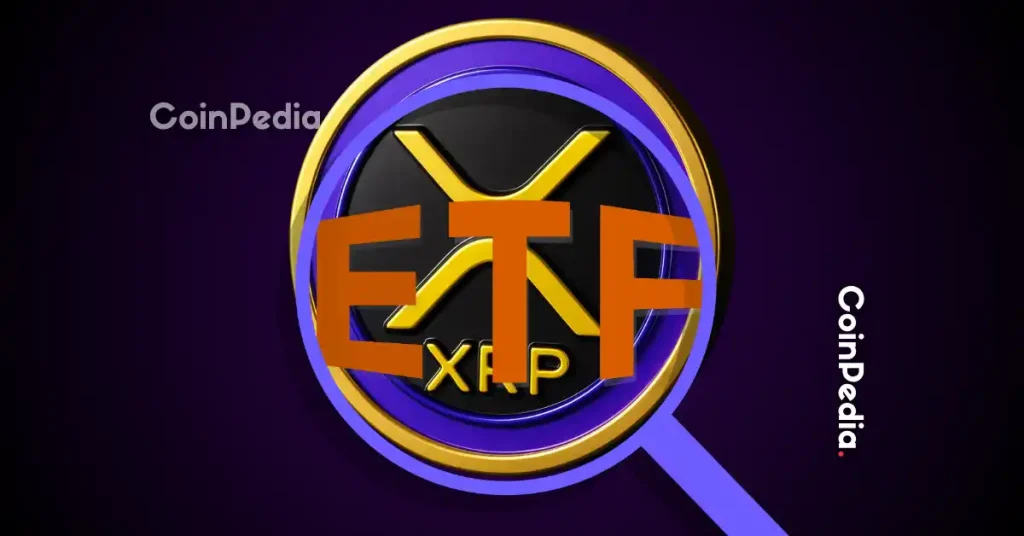







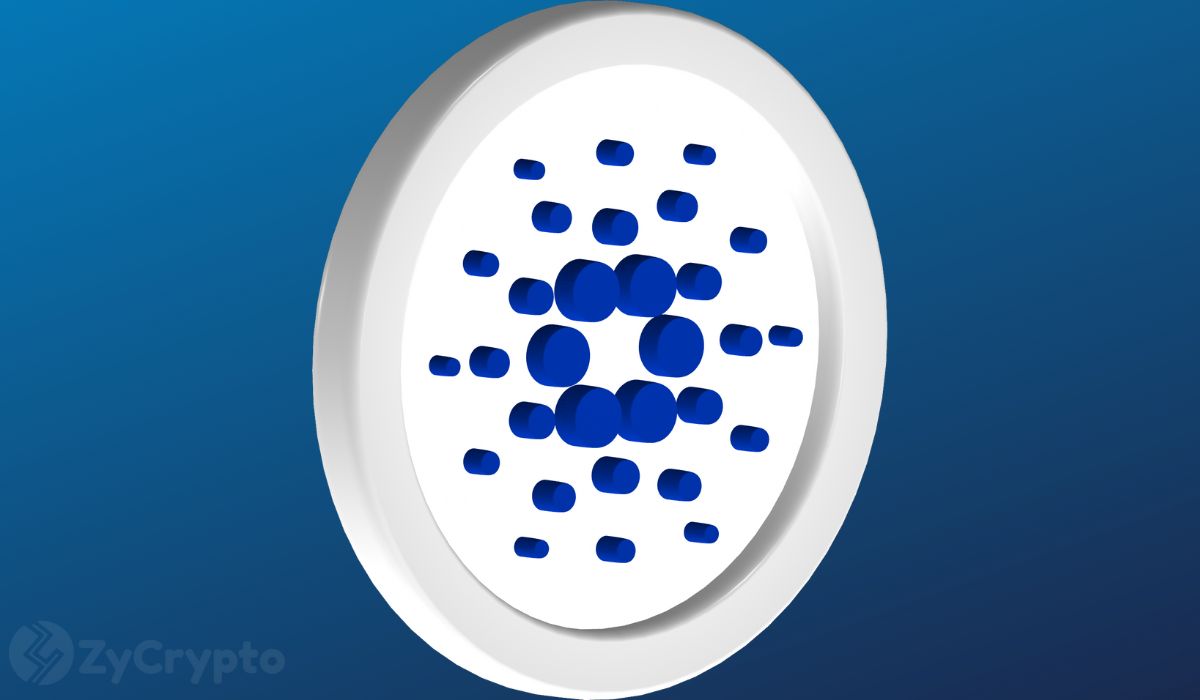






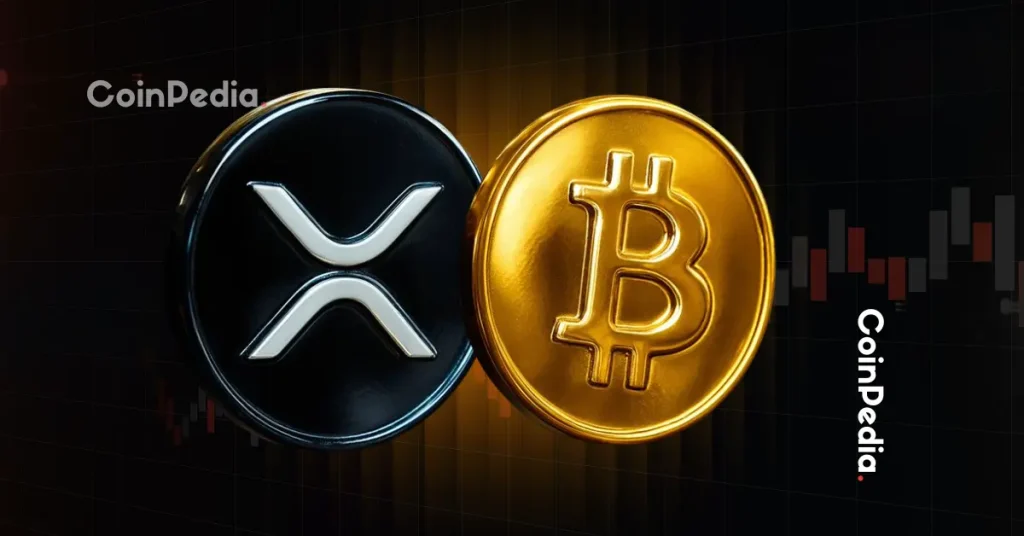
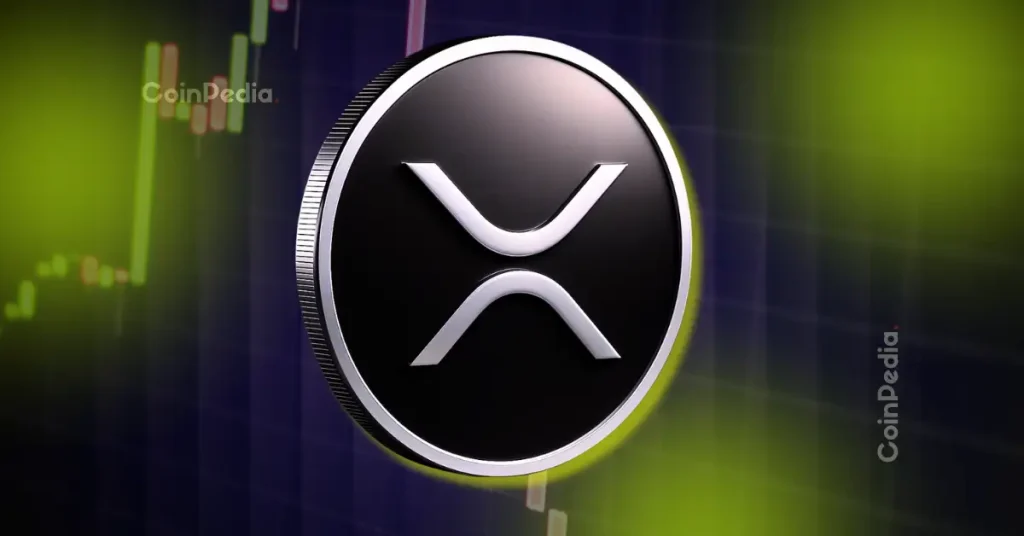
 24h Most Popular
24h Most Popular





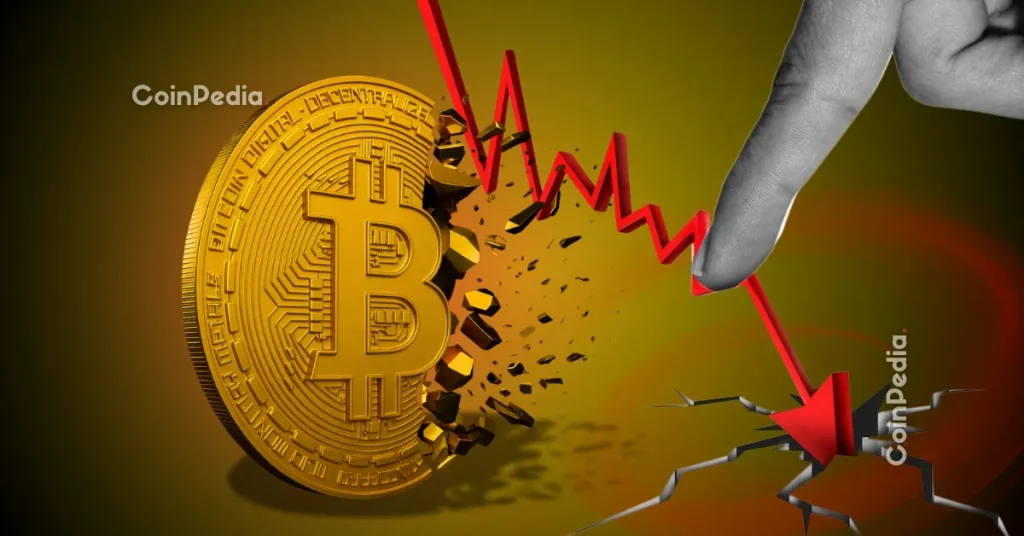


 Utilities
Utilities